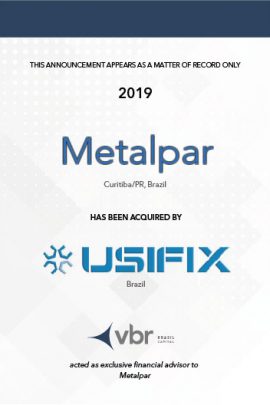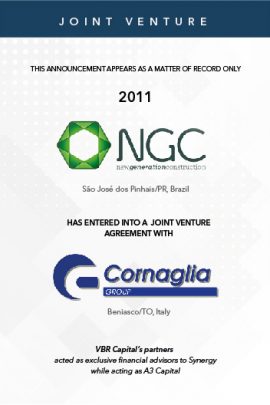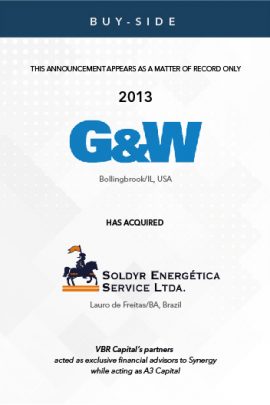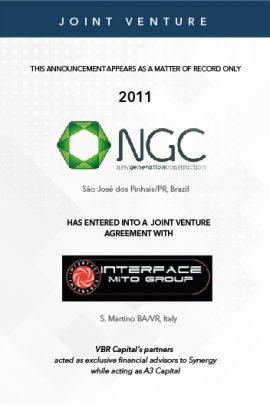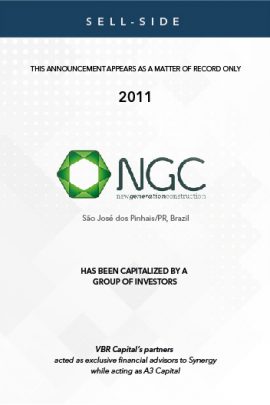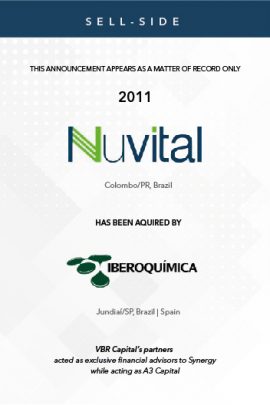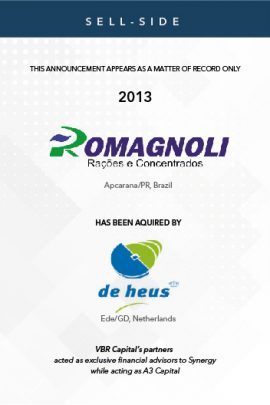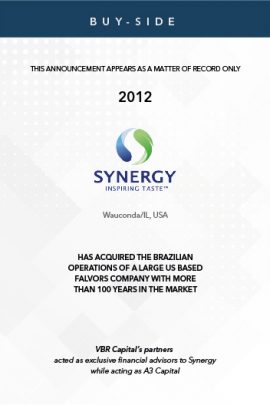PIS and Cofins are, in fact, one single tax, in terms of its legislation. Difference is only of distribution, from Federal Government to the other spheres (States, Counties). It is a tax that has evolved in the years. Mostly for worse.
When analyzing your taxation of Corporate Income Tax (CIT) in Brazil, looking solely into it is not enough. You must look at four taxes at a time – IR and CSLL (State and Federal Income Tax) and PIS and Cofins (State and Federal… well, VAT, Tax on Revenues… it depends). Complex? Well, let the Brazilian IRS make it worse for you – for companies with gross revenues until R$ 78 million (some US$ 24 million) it must be defined beforehand, no later than mid-February of each year. Why? Because you define your taxation of CIT in Brazil when you pay your first PIS, or Cofins bill of the year. Confusing? Well, it is, but let me elaborate.
CIT go hand-in-hand with PIS and Cofins. If you choose to be taxed under the “Real Profit Method” (actual taxable income, based on your regular bookkeeping), you are necessarily subject to the non-cumulative method of taxation of PIS and Cofins – and that is when PIS/Cofins work as “Value Added Tax” – 9.25% of combined rate, less 9.25% of credits on purchases of goods for sale/production (with a myriad of small details!). Alternatively, when you choose to be taxed under the so-called “Presumed” (or Deemed) Profit Method (based on the assumption of certain pre-tax income, from 8% to 32% depending on the activity of the company), your PIS and Cofins will function as a “Tax on Revenues” – 3.65% rate applicable on the gross revenues, no credits allowed.
That is why you have to sharp your math and budgeting skills at the end of the year and prepare for the next year`s taxation. Of course, larger corporations are not allowed to choose between the methods (Only Real Profit / Non-cumulative Methods allowed).
Oh, but that is not all. Since 1998 Brazilian IRS has been trying to capture a chunk of our financial revenues in PIS and Cofins taxation. Law 9.718/1998 was the first attempt against our suffering pockets. In it, the concept of “Revenues” was enlarged from the usual invoicing concept to an all-encompassing income concept, which included Financial Revenues. As usual, it generated a flood of lawsuits against the IRS, in order to guarantee that the strict concept of “invoicing” was maintained. As of 2009, Law 11.941/2009 narrowed the concept of “revenues” to the original “invoicing”. BR IRS did not give the law a damn, and infra-legal regulations, of IRS continued to tax PIS and Cofins.
From Feb 2004 to Jun 2015, IRS Decree 5164/2004 and 5.442/2005, magnanimously reduced PIS and Cofins taxation on financial revenues to “zero” (pay attention – not eliminated – reduced to 0%) for companies respectively for cumulative and non-cumulative regimes of taxation. A blessing to have a taxation system that follows the Law, isn’t it?
It wouldn’t last – as of July 1st 2015, the overspending, irresponsible federal administration, after an orgy of public expenditures to re-elect the (then) president, decided they needed the PIS and Cofins on financial revenues once again. Again, an infra-legal disposition, IRS Decree 8.426/2015, took care of this. Again, magnanimously they have used a “reduced” combined rate of 4.65%, for all companies (cumulative or non-cumulative). Lawsuits continue…
Our country has a basic interest rate of 14.25% p.a., gross. Differently from most countries, it is not the effective, actual rate that National Treasury pays – deduce from it some 11 to 22.5% of the earnings are subject to Withholding Taxes, and 4.65% of PIS and Cofins and you will arrive at an actual rate of 12.02% to 10.45%. Deduce from it, also, a 10.61% of inflation of 2015. All of a sudden, what seemed to be one of the highest interest rates in the planet appears, for some, as a negative interest rate.
My foreign friends have fun when I explain all this to them. Brazil is really not to be taken at face value.
Wesley Montechiari Figueira
Managing Partner at VBR Brazil


